Headaches can affect anyone at any age and are commonly treated with Chiropractic care. The main types of headaches are tension-type, migraine and cervicogenic.
Tension-Type is a mild-moderate headache that can be described as a pressure/tight band feeling around the head. This is the most common type of headache and can be brought on by poor sleep, stress, bad posture or even hunger! These type of headaches usually come from tightened muscles in the neck, scalp and temple area.
As Tension-Type headaches are often a symptom of stress and strain in the neck and back area then Chiropractic treatments have been proven to be most effective for relief from this type of headache. You may find your Chiropractor will use a variety of methods to release this tension from manual adjustments to soft tissue release. Pressure on certain points of the scalp can release tightness allowing for a smooth and effective adjustment.
Cervicogenic headaches are caused by issues in the discs, joints and/or muscles at the top of the spine and are accompanied by stiffness in the neck and a decrease in range of motion.
Many people do not realize that their neck or back pain can also be the trigger for their debilitating headaches. Chiropractic treatment of these types of headaches are known to be very effective.
Migraines usually occur on one side of the head and are moderate to severe in intensity. They can be accompanied by nausea, vomiting, sensitivity to sound and light and may be preceded by an aura. Aura type migraines most commonly involve visual changes such as bright zig zags, blind spots and difficulty focusing that occur before the migraine starts to take place.
While there’s no cure for migraine, the Chiropractor may suggest treatments to address its symptoms and side effects, including medication and diet. Multiple clinical studies have found chiropractic adjustments to be effective for some types of migraines and may in some case reduce the severity of the symptoms associated.
Research suggests that Chiropractic care can be an effective treatment in the reduction of intensity and frequency of these primary type headaches. Upon seeing a Chiropractor, they will always perform a thorough assessment to determine the most appropriate care needed.
Ref: https://pubmed.ncbi.nlm.nih.gov/27696633/
Read more about Headaches on our blog post – Are Headaches holding you back?
The jaw, also known as the temporomandibular joint (TMJ) is a special type of hinge joint. It consists of two bony surfaces and a cartilaginous disc in between them, surrounded by ligaments and moved by the adjoining muscles.
These structures need to be aligned and functioning correctly to maintain proper action of the TMJ. When there’s dysfunction (TMD), these structures can cause pain. When patients have issues with their jaw they can experience:
With most of these symptoms a Chiropractic adjustment will help, but with others the Chiropractor may recommend further analysis and treatment.
TMD is also associated with neck pain. Chiropractors can assess and correct TMD by releasing and correcting muscles of the jaw and face as well as mobilising the jaw joint. With everything being connected in our body a neck assessment is also important in treating TMD. Posture and function affects the position and movement of the joint and the muscles that control it.
Postural habits and teeth grinding are important factors to address when treating TMD.
Day
Morning
Afternoon
Monday
8:30 - 12:30
2:00 - 6:30
Tuesday
8:00 - 12:30
2:00 - 6:30
Wednesday
8:00 - 12:30
2:00 - 6:30
Thursday
8:00 - 12:00
2:00 - 6:30
Friday
8:00 - 12:30
2:00 - 6:30
Saturday
8:00 - 11:00